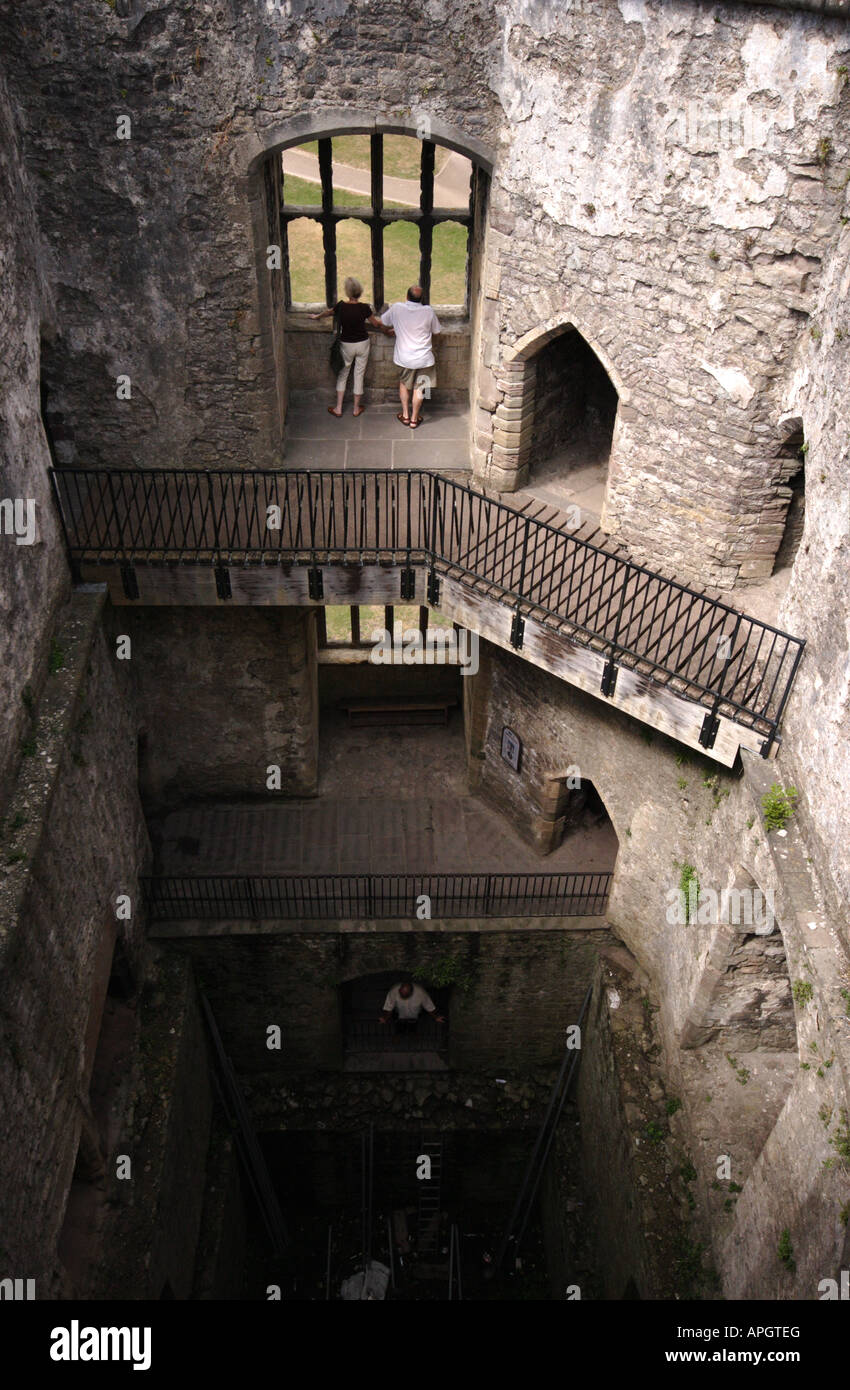Inside Marten's Tower, Chepstow Castle, Chepstow, Monmouthshire, South Wales, UK

Image details
Contributor:
mark saunders / Alamy Stock PhotoImage ID:
APGTEGFile size:
50.7 MB (2.3 MB Compressed download)Releases:
Model - no | Property - noDo I need a release?Dimensions:
3407 x 5206 px | 28.8 x 44.1 cm | 11.4 x 17.4 inches | 300dpiDate taken:
2006Location:
Marten's Tower, Chepstow Castle, Chepstow, Monmouthshire, South Wales, UKMore information:
The ruins of Chepstow Castle have a spectacular setting on cliffs over the River Wye. Entered by the Gateway at the lower end of town, its long shape, hugging the cliff edge, shows clearly its several stages of development from its early Norman beginnings. Building commenced the year after the Battle of Hastings in 1067, in stone - an indication of the castle's importance - as most other Norman fortresses of this time were of Motte and Bailey form and constructed from wood. William Fitzosbern used his castle to subdue the Welsh of Gwent. His son and successor, Roger, lost the castle to the king after an unsuccessful rebellion in 1075. During the 12th century the castle was massively fortified. In the 13th century most building was of a domestic character but further fortifications were added to prepare the castle for the Welsh wars in which, however, it played no part. In the 14th century it changed hands many times, and its importance declined. It was re-garrisoned in 1403 and its strength prevented it being attacked by Owain Glyndwr. In the 16th century the buildings were adapted for a more comfortable occupation and came to resemble more a great house than a castle. Yet in the first Civil War, it was held by the Royalists, who surrendered in 1645. During the second Civil War the castle, once more held for the king, was besieged, using guns which breached the walls. The castle was taken and its commander, Sir Nicholas Kemeys, killed. It was repaired by the Parliamentarians. During the Civil War and afterwards it was used as a prison - famous "guests" were the Royalist Bishop Jeremy Taylor. and the Regicide Henry Marten, whose name is now applied to the Tower in where he spent 12 years in comfortable captivity until his death in 1680. The garrison and guns left in 1690 and the castle's defences were "dismantled". The castle was allowed to decay and is now in the care of CADW.